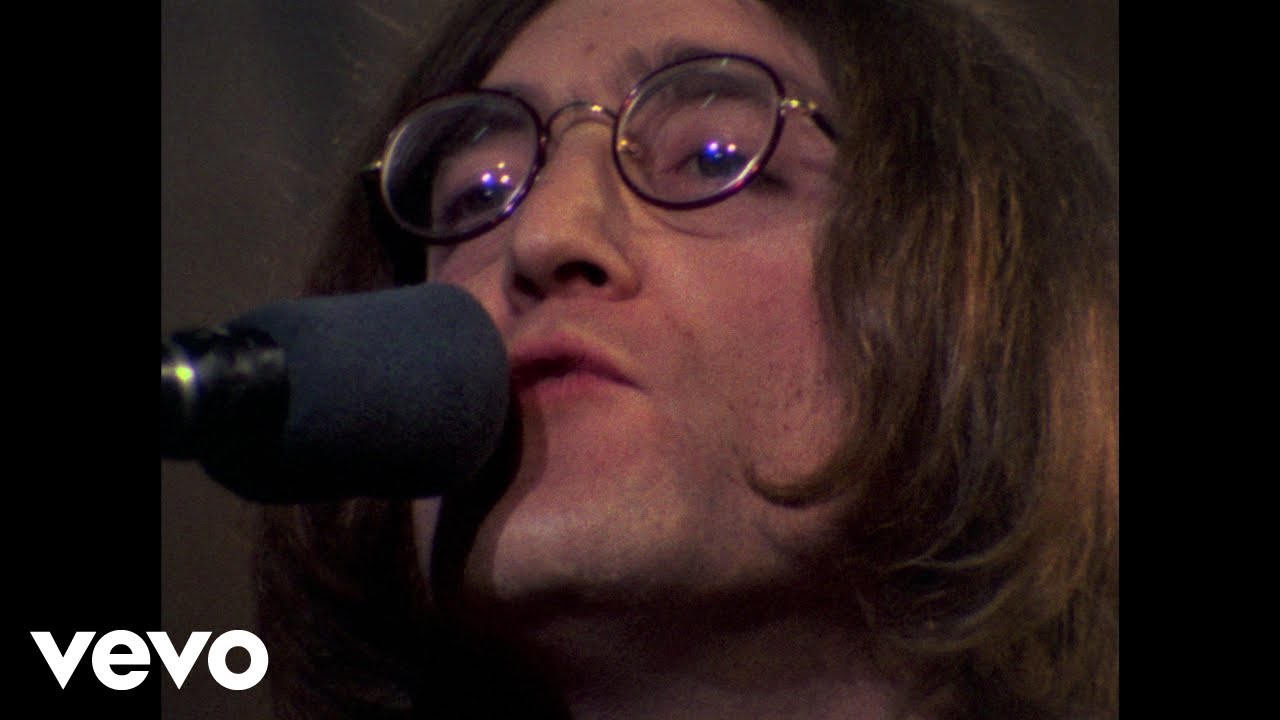“‘You’ll have to explain this a little to me. I have no idea what the Plastic Ono Band is. Is that Yoko’s band? Do we have to go naked onstage or what?’”
It’s September 1969, and bassist Klaus Voormann is on the phone with his friend John Lennon, who’d spontaneously decided to do a set at the Toronto Rock and Roll Revival festival.
Just one small problem. He didn’t have a band, and the set was due to occur the following day.
Well, Lennon was in a band at the time – the Beatles; you might have heard of them? John, Paul, George, Ringo? But given their animosity towards one another at the time, never mind the fact that the set was in 24 hours, a performance from them was out of the question.
Lennon had done an extra-curricular performance the year before, with an ad-hoc supergroup called the Dirty Mac – Lennon, Eric Clapton, Keith Richards on bass, and the Jimi Hendrix Experience’s Mitch Mitchell on drums, not bad! – assembled for the Rolling Stones Rock and Roll Circus TV special (which wouldn’t end up seeing the light of day until 1996).
But this was for a massive live audience, and other than a pair of avant-garde albums with Yoko Ono, the iconic sing-along single Give Peace a Chanceand the soon-to-be-released rocker Cold TurkeyLennon didn’t really have a set, other than what he had recorded with that famous band of his.

Despite the aforementioned Beatles situation, Lennon turned first to George Harrison as his six-string cohort for the performance. Harrison, however, had no interest.
Clapton was the natural next choice, and he was game. Despite his initial hesitation, Voormann said yes, and once Lennon recruited drummer Alan White – who would later go on to play with Yes – the Plastic Ono Band, in that form at least, was born.
“Rehearsals” were done on the flight from London to Toronto. In keeping with the theme of the festival (and as a practical matter, given the familiarity of all those involved with said material), the group decided to open with a few rock ‘n’ roll standards, while also tackling the rough-edged, Lennon-penned Beatles tune Yer Blues (as the Dirty Mac had done the year before), the in-development Cold Turkeyand the simple enough Give Peace a Chance.
Ono was also given a mini-set of her own, which closed with some proto-Sonic Youth free-form feedback.
Loose or not, Lennon was far from confident beforehand about playing for thousands without the band that had made him one of the most famous musicians in the world.
“John was very, very nervous,” Voormann told Guitar World in a 2011 interview. “He had no idea what was coming. He’d never played with Alan White before.
“We hadn’t really rehearsed. So as we were walking to the stage, he said, ‘Hang on, boys, hang on!’ And he went in the corner and vomited. Okay, it was partly the drugs he was taking, but partly it was stage fright.”
Of Lennon’s decision to perform the show, Voormann said in the same interview, “In one way, he was saying, ‘Oh fuck it, let’s do it. It’s fun.’ But suddenly he realized, ‘My God, I’m John Lennon. I was with the Beatles and now I’m going out there with a band – no rehearsal, no nothing. Just play some old rock numbers. Is that really the thing to do?’ But he pulled it through, somehow.”
Perhaps the most consequential result of the ragged set was how it confirmed in stone a decision Lennon had made just before the festival.
“We were in Apple (the Beatles’ HQ) and I knew before I went to Toronto, I told Allen (Klein, the Beatles’ then-manager) I was leaving (the Beatles),” Lennon told Jann Wenner in 1970.
“I told Eric Clapton and Klaus that I was leaving and I’d like to probably use them as a group. I hadn’t decided how to do it, to have a permanent new group or what. And then later on I thought, ‘Fuck it, I’m not going to get stuck with another set of people, whoever they are.’
“So I announced it to myself and to the people around me on the way to Toronto the few days before. On the plane Allen came with me, and I told him, ‘It’s over.’”
GIPHY App Key not set. Please check settings